Mechanical Vibration Assignment - Analysis of Vibrating Systems
VerifiedAdded on 2020/03/16
|15
|676
|133
Homework Assignment
AI Summary
This document presents a comprehensive solution to a mechanical vibration assignment, addressing several key concepts in mechanical engineering. The solution begins with an analysis of energy loss during the impact of a steel ball on a table, considering the coefficient of restitution and the role of a spring. It then proceeds to solve problems related to static and dynamic conditions of a cable, calculating tension, elongation, stiffness, frequency, and tensile stress. The assignment also explores the concept of work done and kinetic energy, and the calculation of distance using the area under a curve. Additionally, it includes the analysis of bifilar and trifilar suspension systems, and concludes with a discussion on the moment of inertia. The solution includes all the necessary equations, and provides a step-by-step calculation with the final answers. It references several sources for the concepts used.
1 out of 15
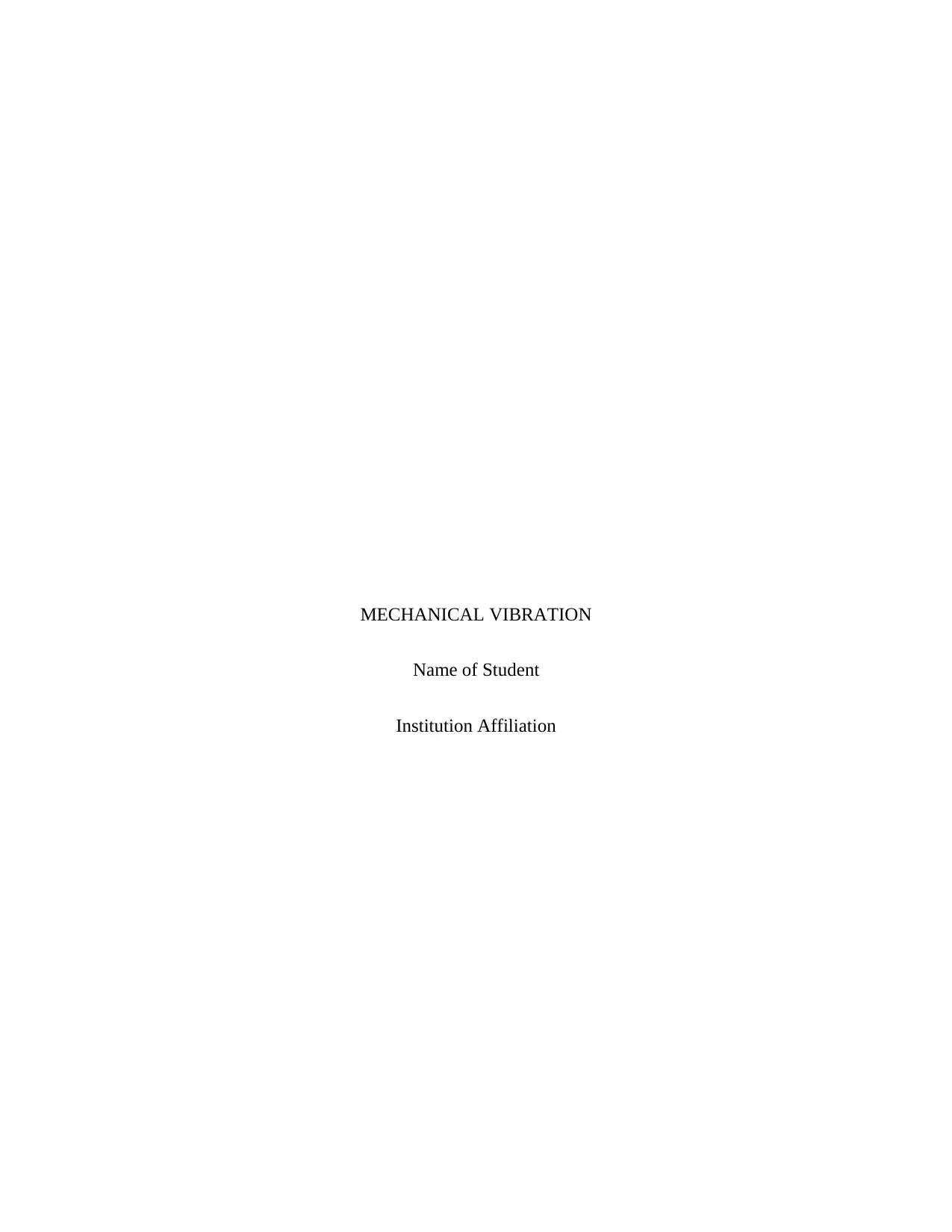
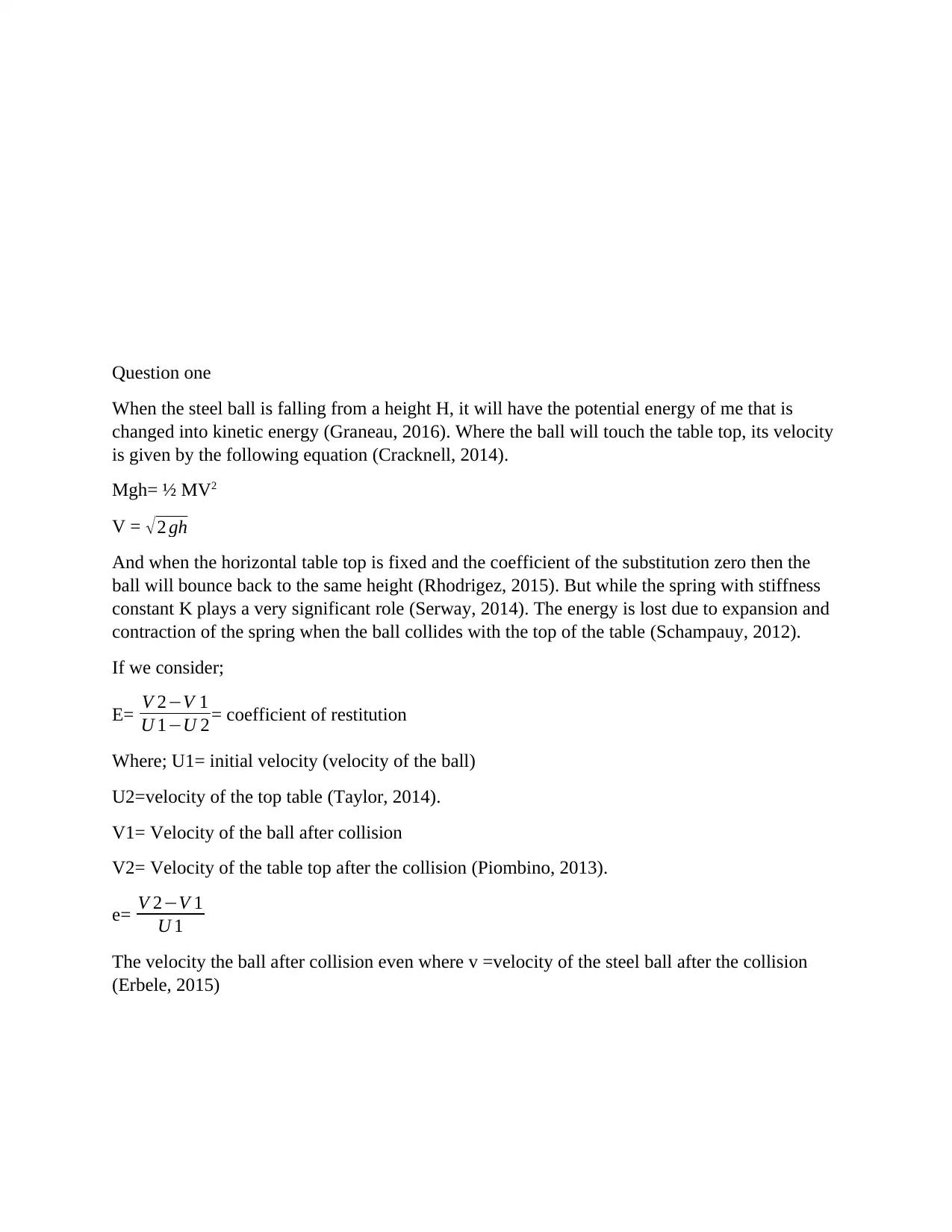


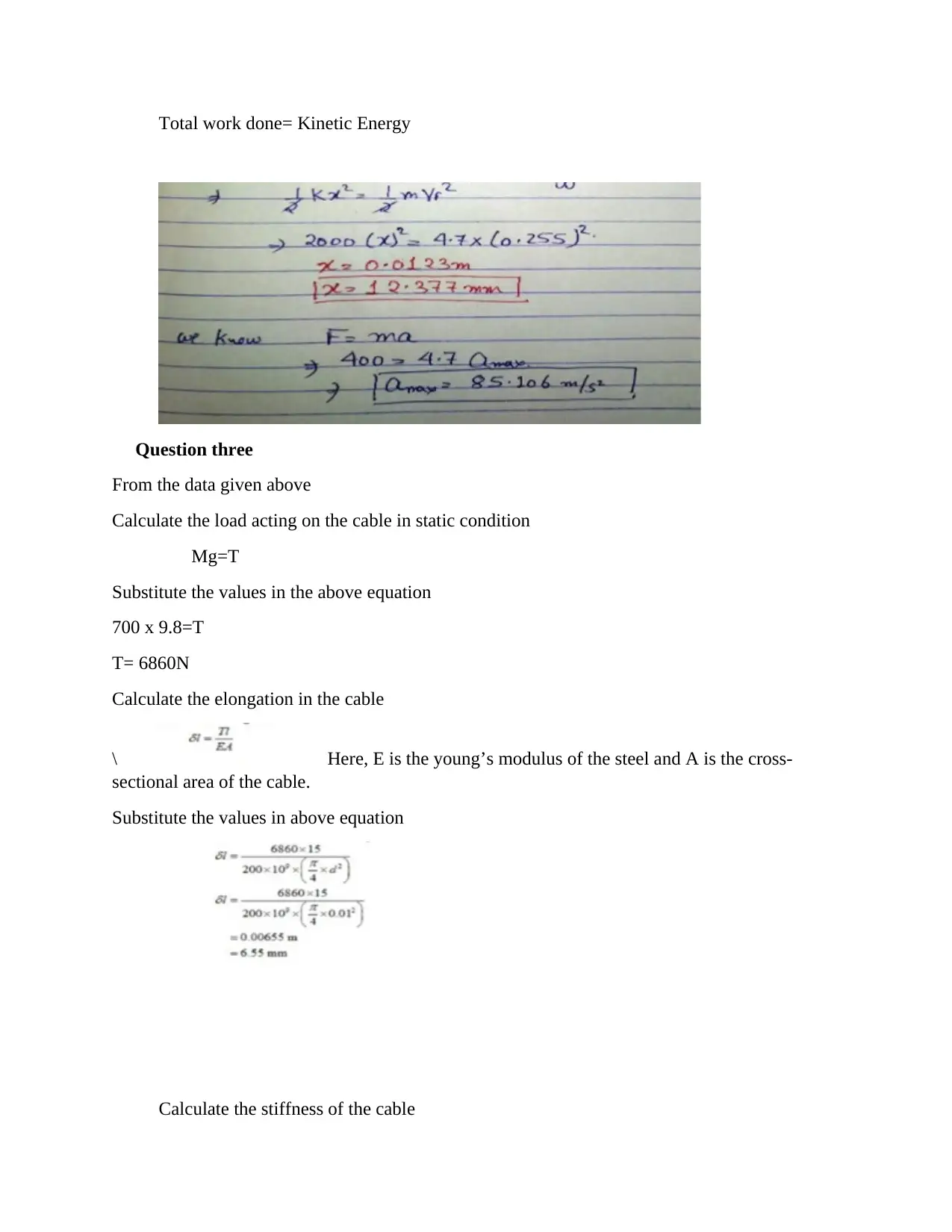
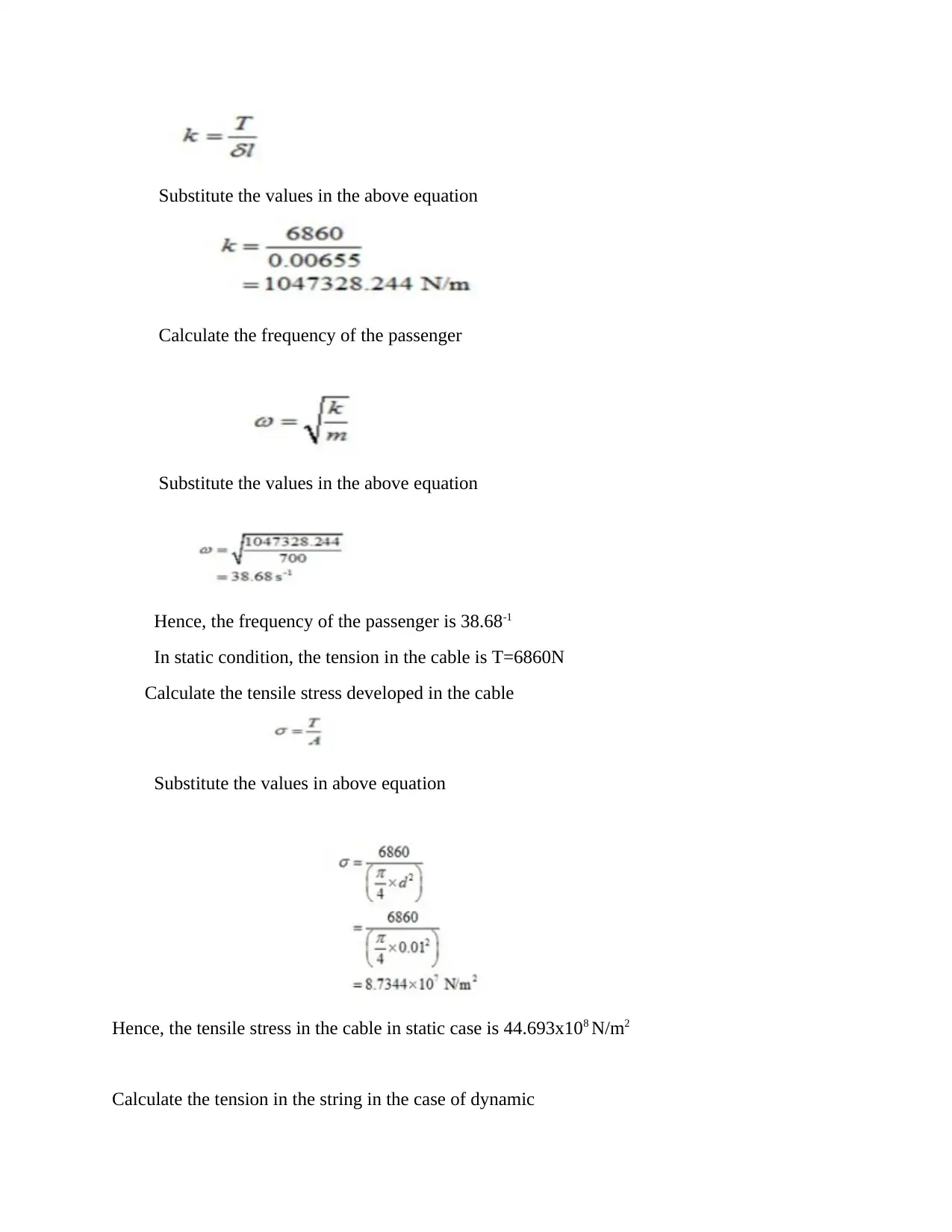
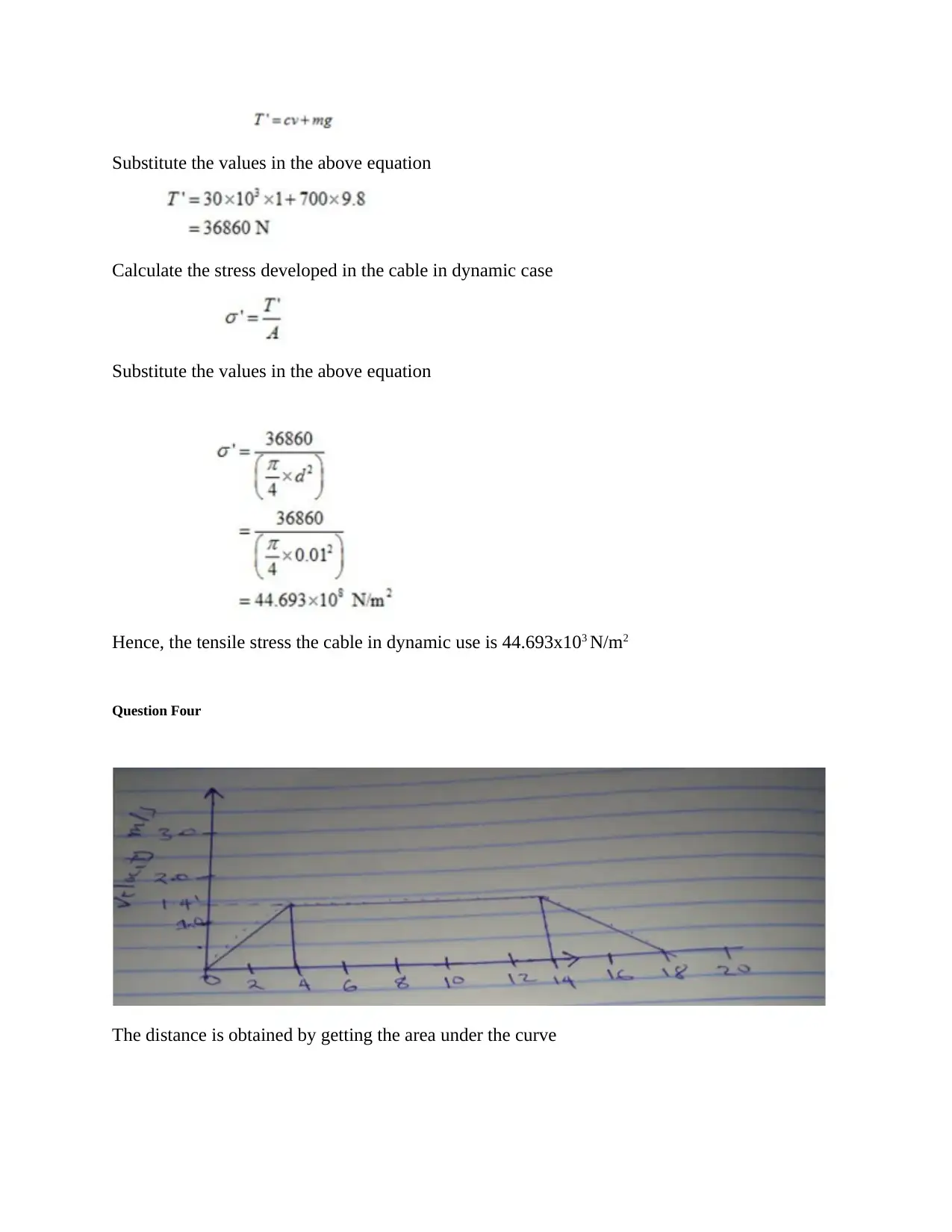
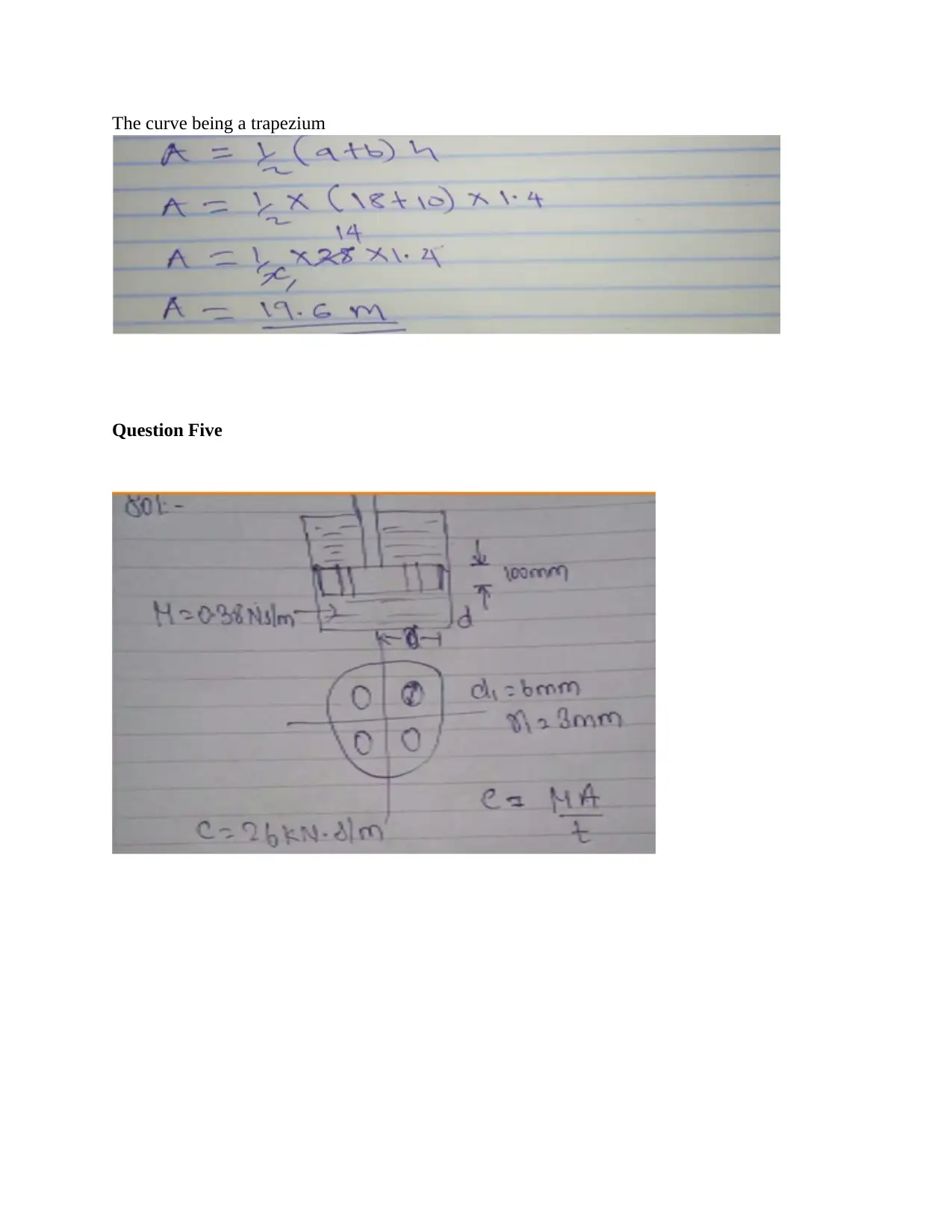
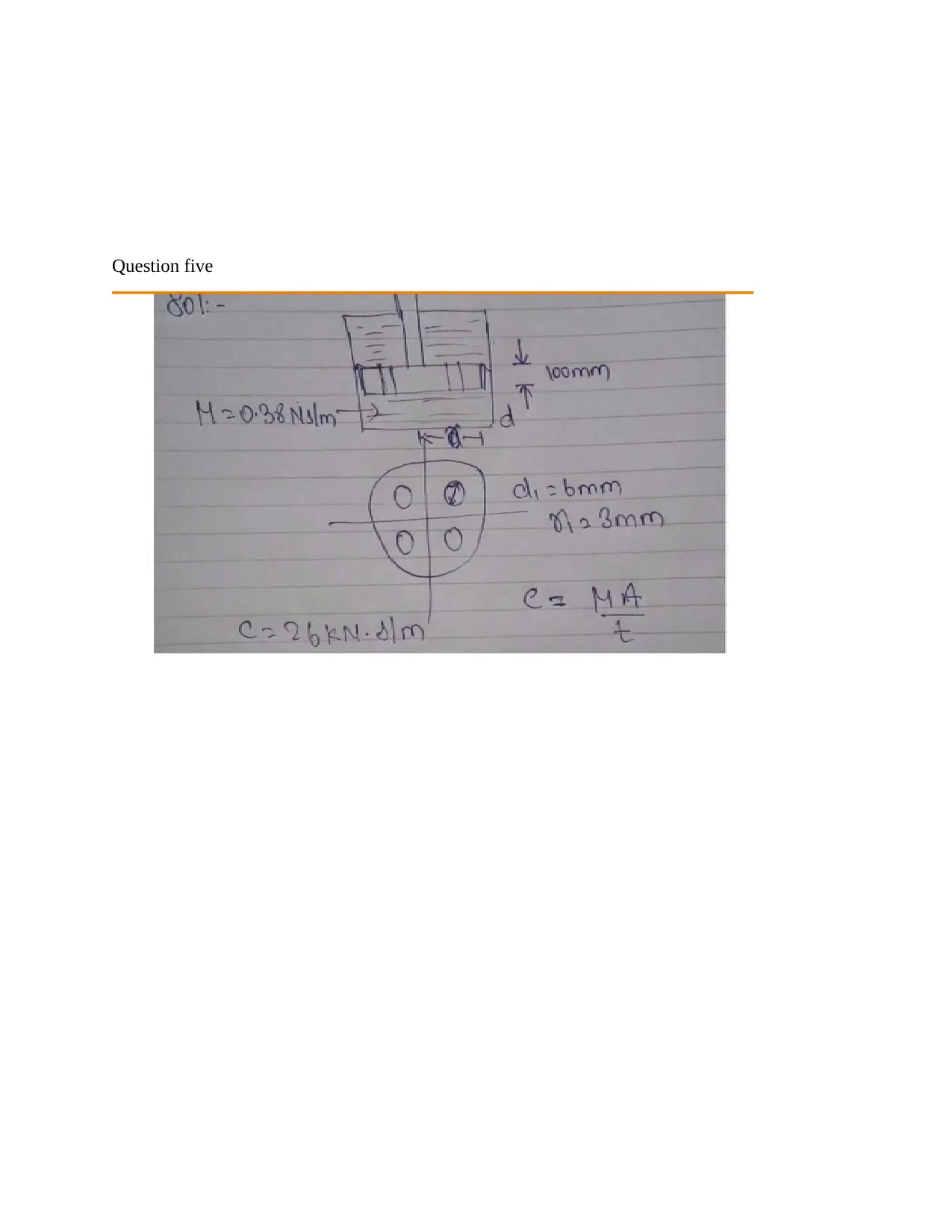
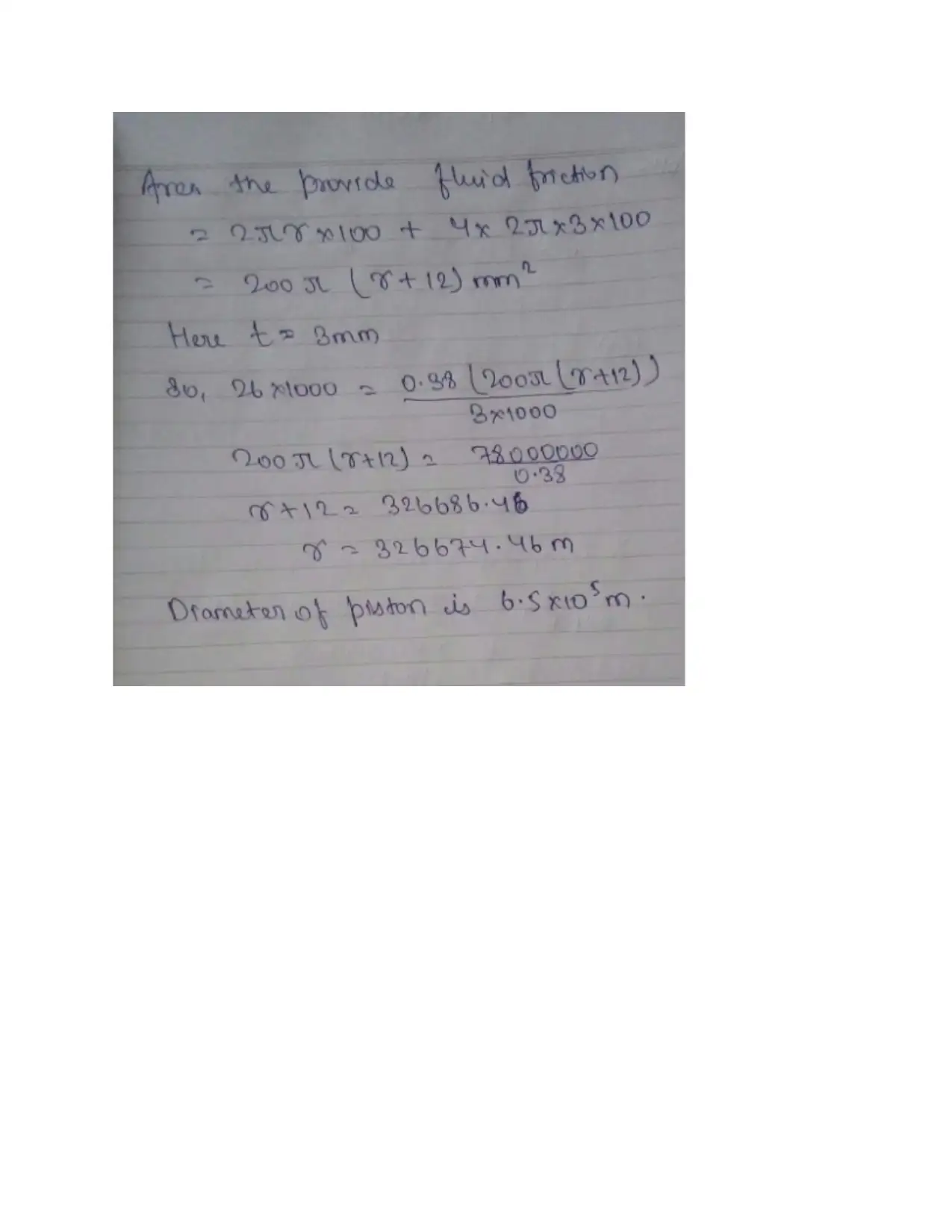
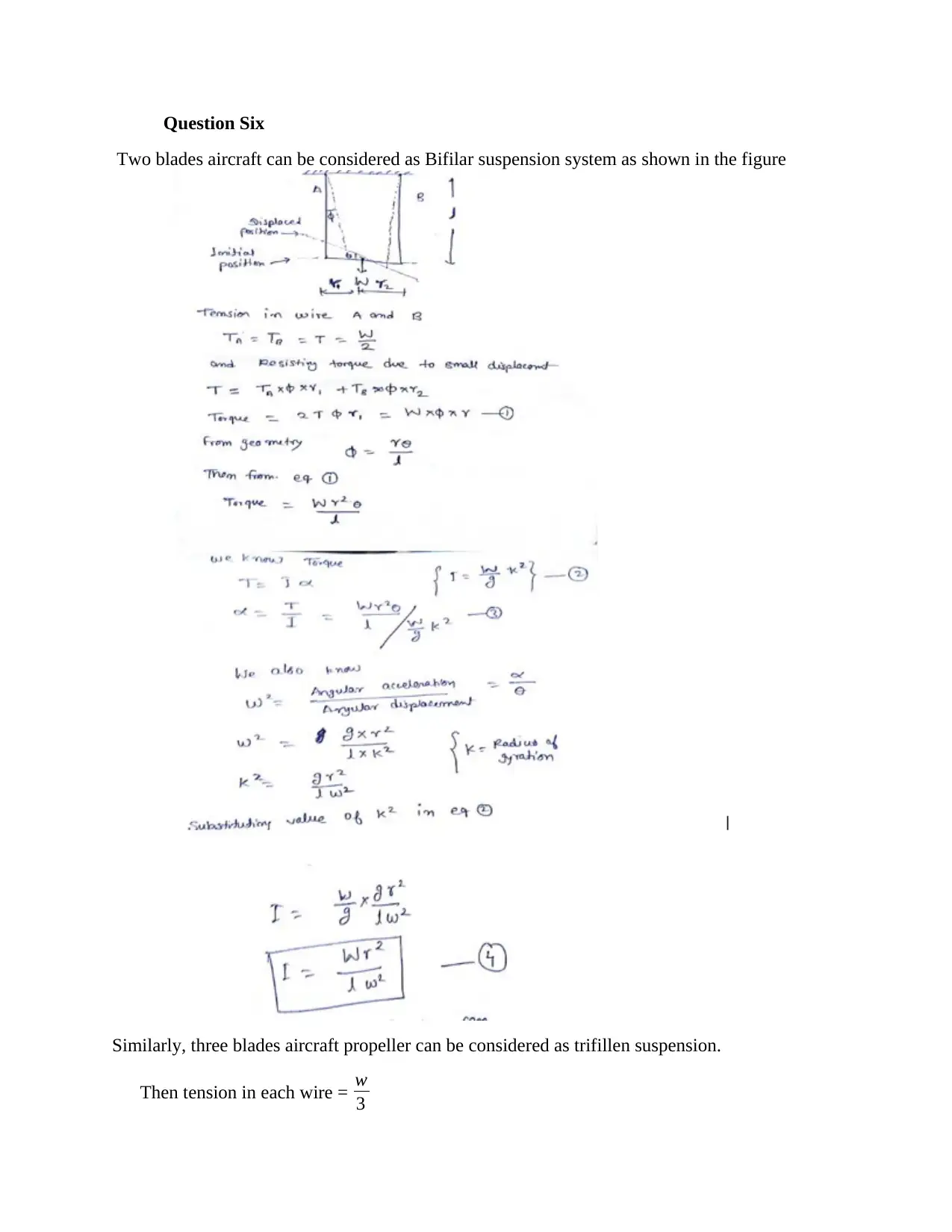
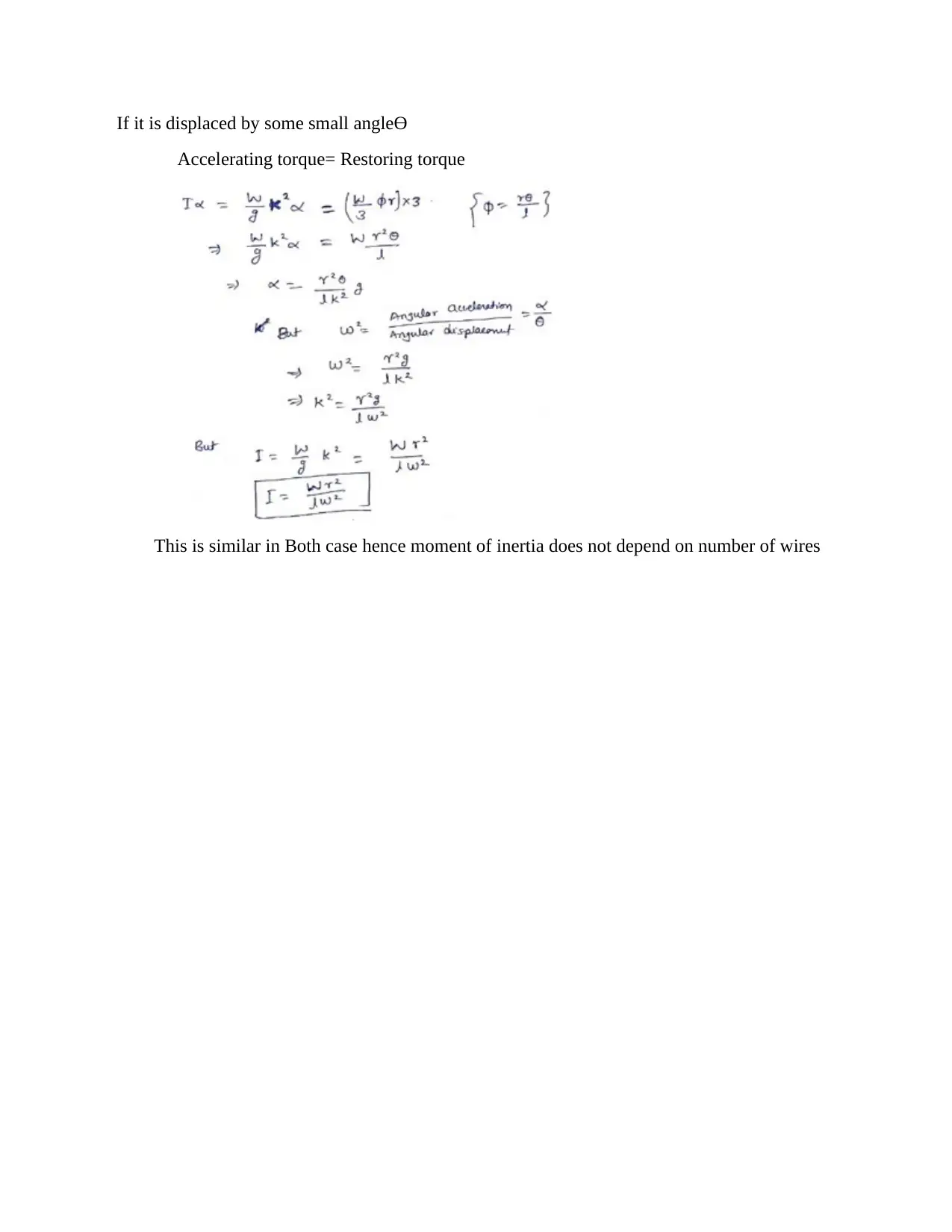
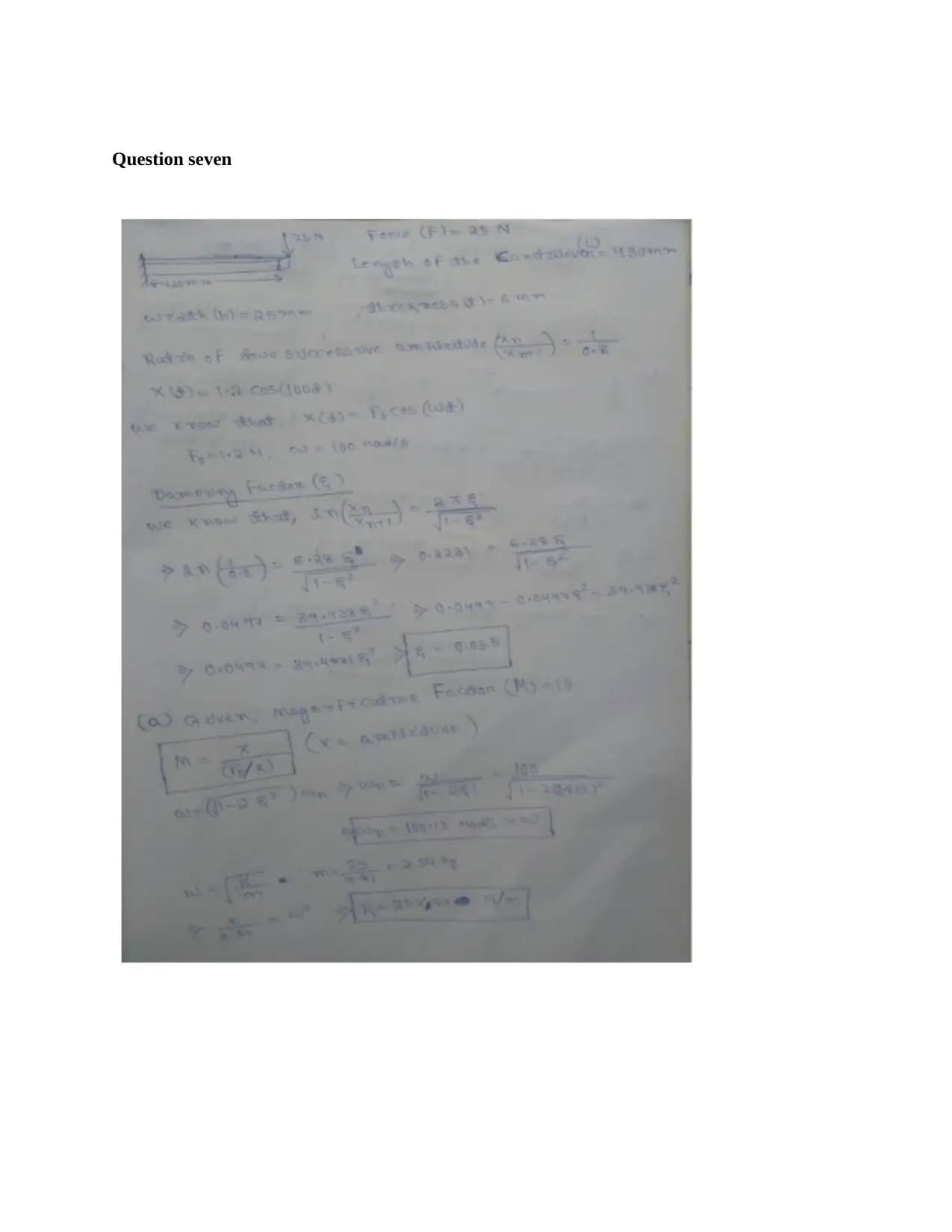

![[object Object]](/_next/static/media/star-bottom.7253800d.svg)